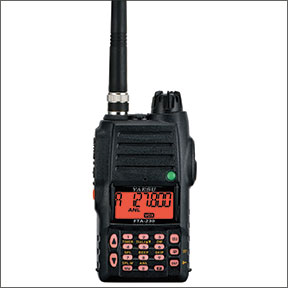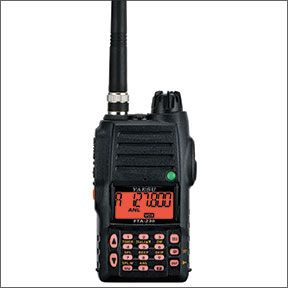I’m a 1500-hour, instrument-rated commercial pilot and have subscribed to your excellent publication since 1991. I recommend it as required reading. I write to comment on the October 2013 issue’s article, “Real-World Nordo.”

288
If a flight has “been cleared direct to their destination,” as the article stated for the air carrier crew’s flight, and the flight goes lost comm, it appears incorrect to first “set up for and execute the destination’s ILS approach.” If the flight was cleared direct to the destination (e.g., KXYZ airport) and not to an initial approach fix, FAR 91.185(c)(3)(ii) (and the AIM) clearly state: “If the clearance limit is not a fix from which an approach begins, leave the clearance limit at the expect-further-clearance time if one has been received, or if none has been received, upon arrival over the clearance limit, and proceed to a fix from which an approach begins and commence descent or descent and approach as close as possible to the estimated time of arrival as calculated from the filed or amended (with ATC) estimated time en route.”
The article was not detailed on what the carrier crew did (or the IFs for the ILS), but if the clearance limit was the destination airport, the correct action was to first fly to the clearance limit (i.e., the destination airport), and then “upon arrival over” the destination airport (if not EFC) to proceed “to a fix from which an approach begins.” Controllers almost always clear you to your destination airport, your clearance limit. If Nordo in IMC, fly to it first before motoring off to an initial fix for the approach. At least that’s what the regs say they expect us to do (if you’re able, e.g., have /G capability).
For reference, Don Brown, then the National Air Traffic Controllers Association’s Facility Safety Representative at the Atlanta ARTCC, wrote an interesting comment on this topic in 2005. It’s available online at Aviation Safety’s sister publication AVweb.com. Visit tinyurl.com/SAF-nordo. R. Dennerline Chicago, Ill.
You’re right, of course. The FARs and the AIM are specific about routing in the case of communications failure. Unfortunately, the NASA ASRS report from which this event’s description was taken isn’t specific on the air carrier crew’s clearance.
The report merely states, “We squawked 7600 and complied with lost communication procedures…. We continued to the Initial Approach Fix, descended to 3000 feet, switched to CTAF frequency and made normal radio calls.” From that description, we can presume the flight had been cleared to an IAF for the ILS before comms were lost.
IFR Departures
December’s was a great issue, as always. With regard to the article “Departure Difficulties” and the sidebar “Notable Departure Mishaps,” the first Cessna 310 accident sounds a lot like the flight of the Tesla Motors execs who departed Palo Alto, Calif., in zero-zero conditions some two or three years ago and augered in shortly after takeoff.
I seem to recall the accident investigation suggested strongly that the flight experienced engine failure shortly after takeoff and ascribed the abrupt left turn as the classic loss of control from such failures. I think your magazine featured that accident previously in another article on twin failures. Regardless, the article was a good one.
A few months ago, while departing KSNA in heavy IMC in my no-autopilot Bonanza, I was momentarily distracted when ATC switched frequencies on me, shortly after giving me a 120-degree turn in a climb. Fortunately, I caught the resulting unusual attitude quickly and re-established the climb and proper turn—I had started a 500-fpm descent. It scared me plenty. I should have concentrated on getting established on the new heading, before worrying about the frequency change. Next time I will be sure to do that. Keep up the great articles.
Ron Hamburger
Belmont, Calif.
Glad you recovered from that and are still with us. You’re correct about the Cessna 310 accident we highlighted. The NTSB’s report concluded “both engines were operating near full power” and that both propellers were under power at impact.




